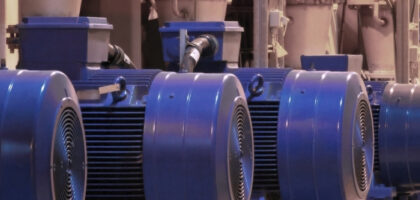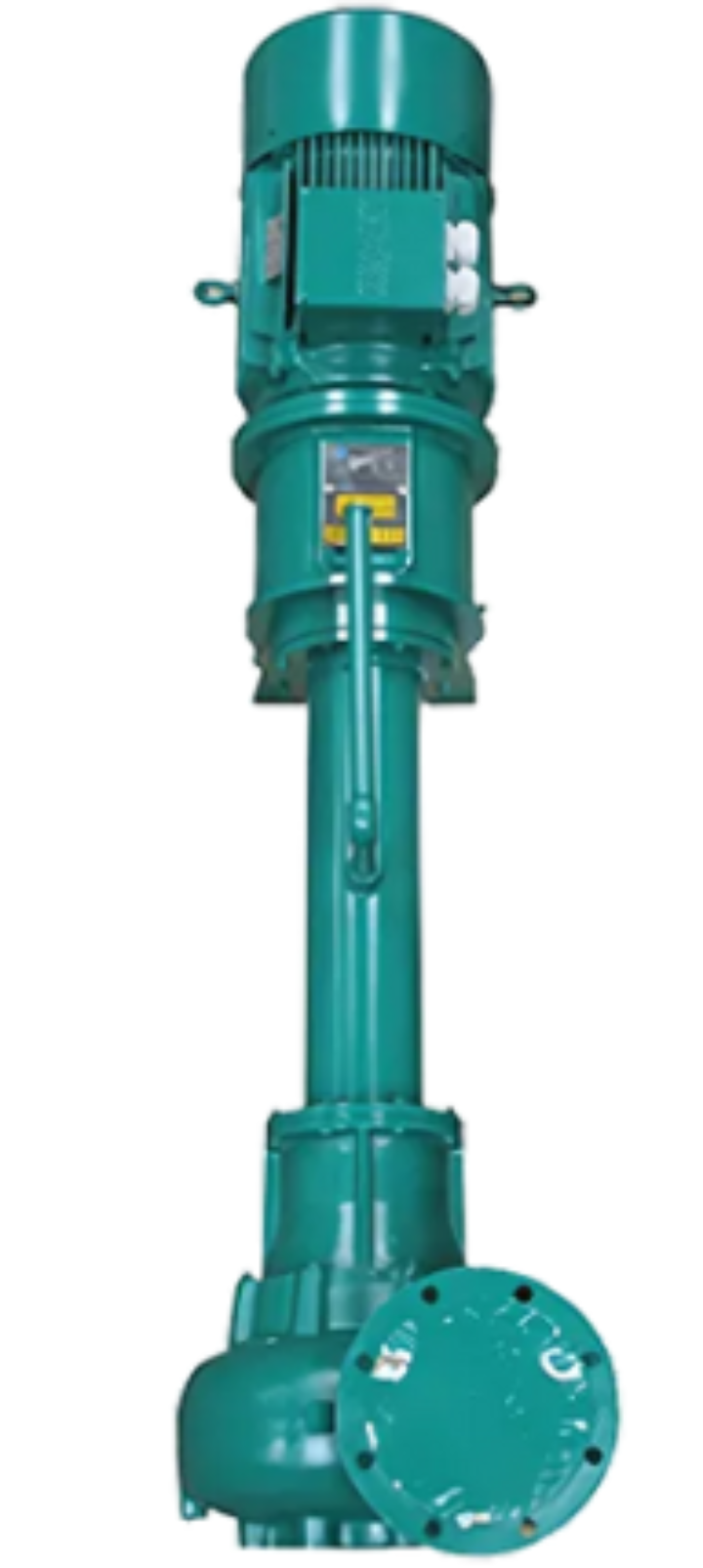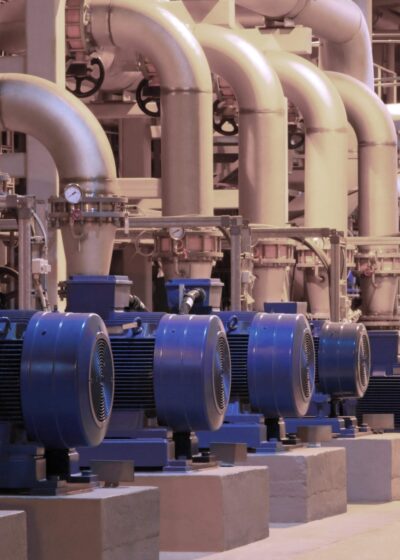
Vertical Immersion Pump Guide

What is a vertical immersion pump?
Vertical immersion pumps, also referred to as vertical shaft pumps or column pumps, are a pumping technology with an elongated shaft encased in a column to separate the motor from the pump. Whilst the pump impellers are immersed in the fluid inside the casing, the long vertical shaft allows the motor to stay outside the fluid. Vertical column pumps differ to a submersible pump as with those the whole assembly is immersed.
Cantilever pumps are a similar looking design with similar uses but differ in that they have an extended motor shaft and are therefore limited in length to around 1.5m to 2m as beyond this length the radial force becomes too great. Vertical immersion pumps on the other hand have a separate working shaft to the motor, meaning they can be manufactured to considerably longer lengths for deeper sumps and containers. It also means that this type of column pump does not rely on a single bearing to take it’s load, adding strength and increasing life span.

Design benefits of the vertical column pump
The design of the vertical line shaft pump gives is several distinct uses over other pump types and the regularly compares submersible pump.
- Ideal for deep tanks, sump and well emptying – As the pump head is within the fluid, vertically immersed pumps maintain a flooded suction. They are therefore ideal for applications where typically a self-priming pump is required, such as the emptying of tanks, reservoirs, sumps and wells require. This is why they are widely referred to as vertical sump pumps. The length of the vertical shaft pump will be determined by the depth of the container in question.
- Can handle high temperature fluids – High temperature fluids are often responsible for the degrading of pump seals, which is why submersible pumps are not usually suitable. However, vertical column pumps’ seals are situated outside of the fluid meaning that this is not a problem. Secondly , when liquids are being pumping close to boiling point, there is a risk of cavitation caused by the NPSH available. However, due this design’s flooded suction, NPSH is not a concern.
- Compact, space saving design – In installations where space is an issue, vertical sump pumps are an ideal solution, as rather than take up more space, they simply sit inside the container that needs to be transferred from.
- Suitable for flammable liquids - Due to their electric motor being directly immersed into the fluid, submersible pumps are no longer deemed safe for use with potentially explosive fluids such as petrol and certain chemicals. Vertical line shaft pumps are an ideal alternative in these instances.
- Lower maintenance – Vertical immersion pumps are easier to maintain than submersible pumps for two reasons. Firstly, with the whole assembly immersed into the fluid, certain industrial applications require the maintenance of submersible pumps to be carried out in particularly confined, difficult to access locations. Secondly, with their motor installed outside of the fluid, column pumps are less prone to seal and motor failures.
- Long suction requirements – In applications where the suction distance would be too long if the pump was located outside of the fluid, vertically immersed pumps are an inevitable solution.
Typical applications of a vertical shaft pump
- Emptying of wells, sumps, reservoirs and tanks
- Waste water pumping
- Oils, fuels and lubricant transfer
- Bilge water
- General water transfer, supply and service
Does this sound like what you need?
If from reading the above you think a vertical immersion pump is just what you're after and best suited for your application, take a look at our range.


